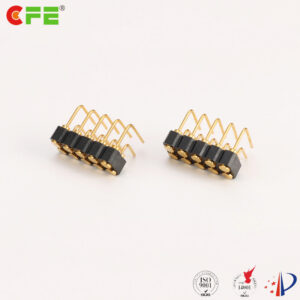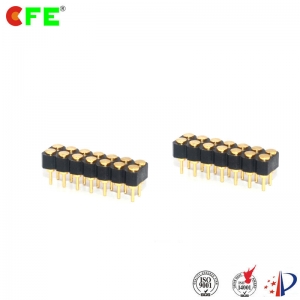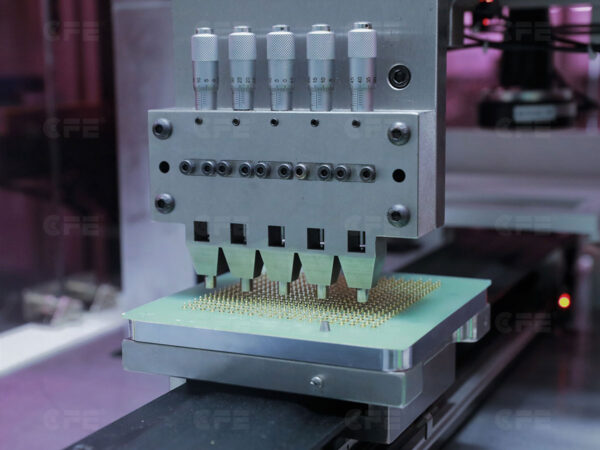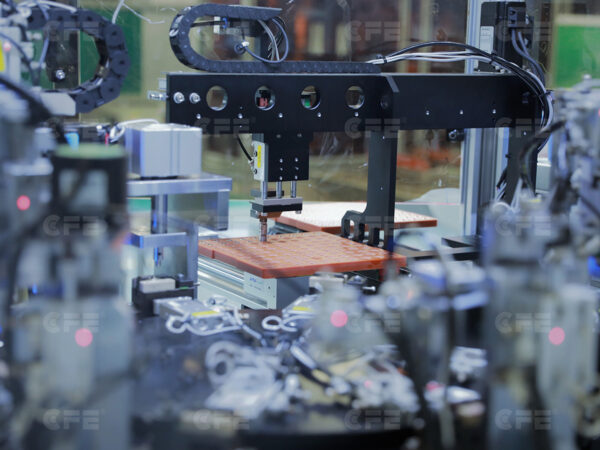An interconnect component is a term used to describe a generic connection interface that connects a computer peripheral to a PC motherboard or main circuit board. It is also known as the interconnect component bus. The bus is the term between the computer components.
Peripheral interconnect components were popular in 1995-2005, but were generally replaced by other technologies such as USB or interconnect components Express. The desktop computer after this era may have an interconnect component slot on the motherboard for backward compatibility.
Peripheral Interconnect Component History
The original bus that allowed the expansion card was the ISA bus invented for the original IBM PC in 1982 and was used in a few decades. Intel developed the interconnect component bus in the early 1990s. It directly accesses the system memory of the connected device by connecting to the front side bus and eventually to the CPU’s bridge.
Interconnection components became popular in 1995 when their Plug and Play (PnP) functionality was introduced. Intel has incorporated the PnP standard into interconnect components, which is better than ISA. Interconnect components do not require jumper or DIP switches as ISA.
Peripheral interconnect components Express (Peripheral Component Interconnect Express) or interconnect components are improved on interconnect components with higher maximum system bus throughput, lower I/O pins, and physically smaller. It was developed by Intel and Alaphano Working Group (AWG). By 2012, it became the main motherboard-level interconnect of the PC and replaced AGP with the default interface for the new system graphics card.
 |
 |
| [FP420-1110-B12100A] 12 pin female pogo pin right angle connector | [FP420-1144-B14100A] 2.54 mm pitch 14 pin female pogo test probes connector |
Interconnect Component Connects Peripherals to the Motherboard
The component interconnect bus allows you to change the different peripherals connected to the computer system. It allows the use of different sound cards and hard drives. Typically, the motherboard has three or four interconnect component slots. You can simply unplug the components you want to swap, and then insert the new components in the interconnect component slots on the motherboard.
Or, if you have an open slot, you can add another peripheral. The computer may have multiple types of buses to handle different types of traffic. The interconnect component bus uses 32-bit and 64-bit versions. Interconnect components run at 33 MHz or 66 MHz.
For more related post:






